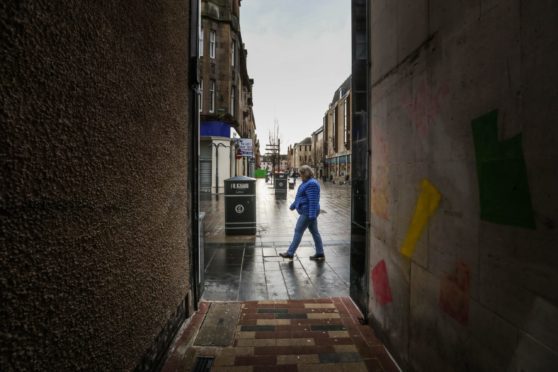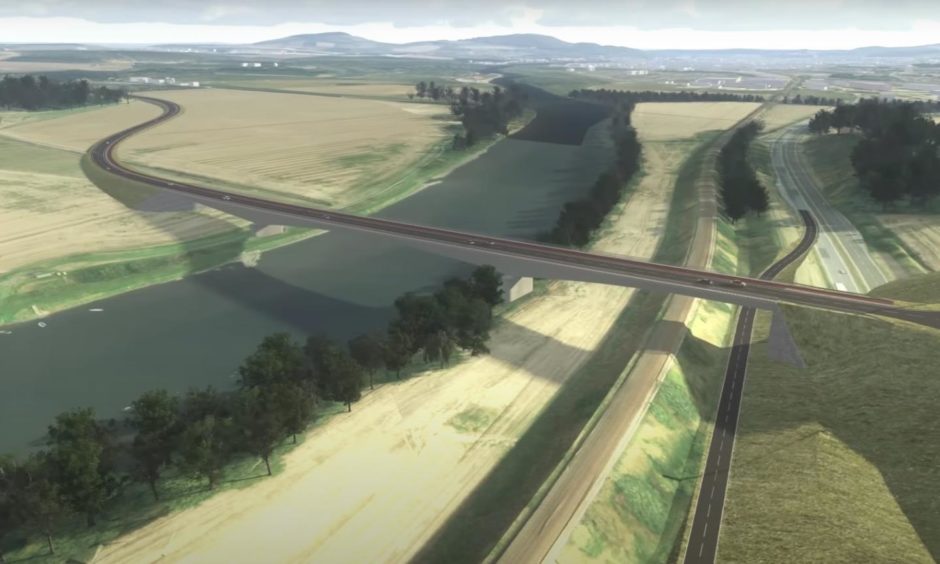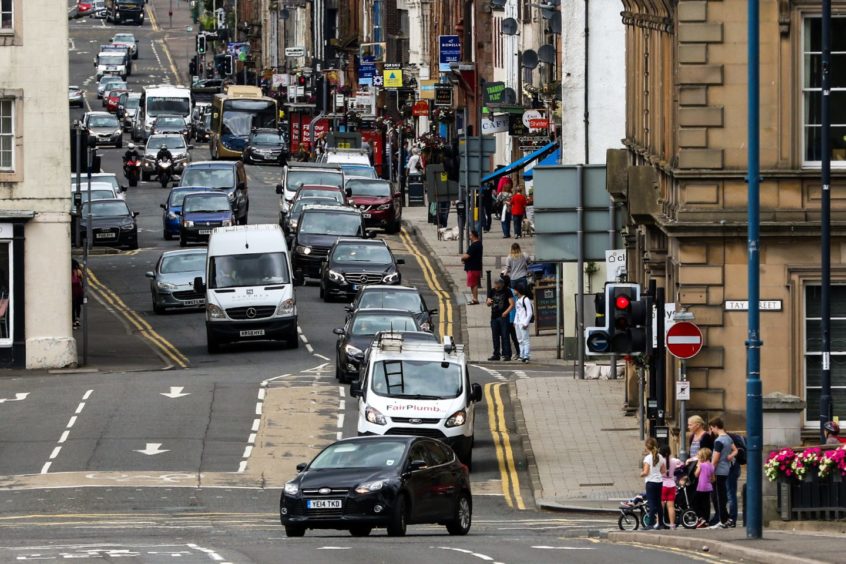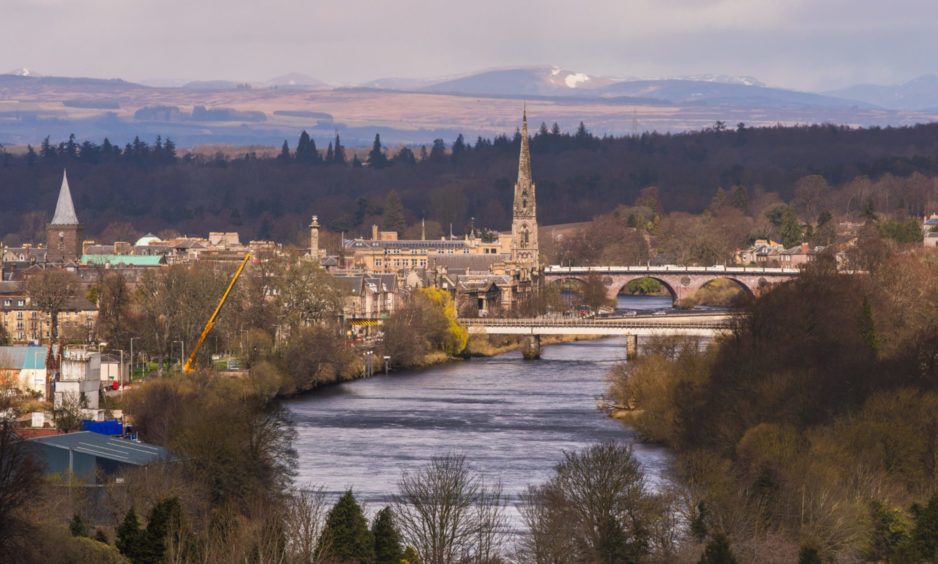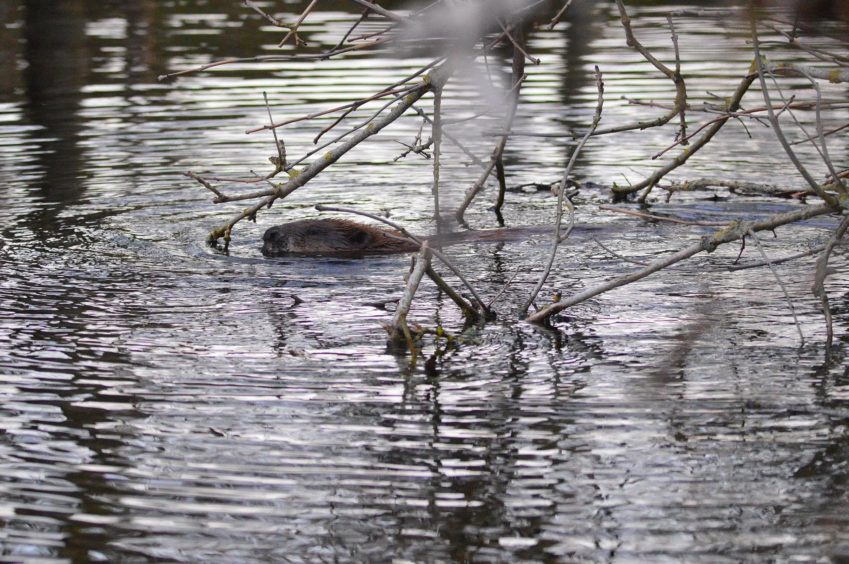I think that if I lived in Kinross, I would be looking for a divorce about now.
Every time Perth gets stuck in the muck of one more ridiculous planning stooshie which has nothing to do with Kinross whatever, its name gets dragged into the muck anyway in the unlovely guise of Perth and Kinross Council.
Acceptable grounds are surely to be found in the complaint that the marriage has irretrievably broken down.
The thought occurred to me while I was reading the latest instalment of the environmental disaster-in-the-making that is the Cross Tay Link Road.
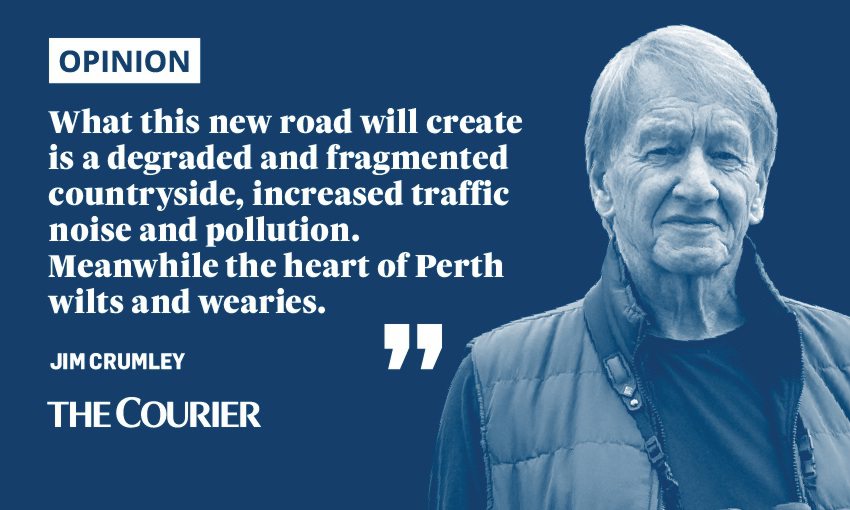
Having read the Courier report on Saturday (“Link Road bosses ‘unwelcoming and obstructive’ claim”), I scrolled back through old records since the project was conceived.
It’s a bit like a cuckoo egg dumped on unwilling foster parents whose nest lies in the terrain between the A9 the A93, and the A94.
As with all cuckoo foster parents, their lives are turned upside down and inside out because the egg, cunningly camouflaged so that it appears on the surface to meet their needs, hatches a monster with wrecking-ball tendencies.
I was trying to pin down the original justification for a project which has all the environmental credentials of a brand new open-cast coal mine.
What I mean is a justification whose meaning was not confused in a welter of council-report-speak and acronyms.
My favourite is PTTI-STAG , noteworthy for being both the first double-barrelled acronmyn in history and completely unpronounceable, unless you deploy the ptarmigan rule in which case the p is silent.
There needs to be a link road because there needs to be a link road, the perfect self-fulfilling prophecy
It stands for Perth Traffic and Transport Issues – Scottish Transport Appraisal Guidance, and why that is thought worthy of its own acronym is a task for greater minds than mine.
The nearest I found in the old documents to an original justification, then, is this:
“The need for the project is established through the transport strategy for the Perth and Kinross region.”
This is another way of saying that there needs to be a link road because there needs to be a link road, the perfect self-fulfilling prophecy.
In defence of non-motorised users
Less philosophically perfect, but marginally more informative is this:
“CTLR will deliver improved access for vehicles and Non-Motorised Users (NMUs…yes, walkers and cyclists and horse riders, you’ve been acronymised), which will deliver economic growth and promote sustainable travel.”
CTLR, of course, will do nothing of the kind.
What it will do is create more traffic.
It’s the M25 principle (you may remember John Major once had to be talked down from expanding its three lanes to five to ease congestion).
It’s the Edinburgh bypass principle that was supposed to solve Edinburgh’s traffic problem: have you driven in central Edinburgh lately?)
And for that matter it’s the Friarton Bridge principle. Build a new road and it fills up with new traffic.
Highlands gateway or sad joke?
What the this new road will create is a degraded and fragmented countryside, increased traffic noise and pollution which will banish wildlife and turn farmland and woodland into development land, more housing estates that could be anywhere and doubtless more out of town shopping rot.
Meanwhile the heart of Perth wilts and wearies still further and its city status and gateway-to-the-Highlands- claptrap look like sad jokes.
One of the council documents actually lists the railway line to the north and the River Tay itself as “obstacles” to transport infrastructure, which I find worrying.
Has anyone looked at the famous heart of the city and considered how faded are its old glories?
Thoughtful local authorities (there are some, although they are as thin on the ground as compassionate cuckoos) play to their strengths, of which surely the over-riding consideration here is Perth’s extremely fortunate geographical situation.
Has anyone looked at the outskirts and considered how unwelcoming they have become?
Has anyone looked at the famous heart of the city and considered how faded are its old glories? In no particular order, culture, arts, history, environment, local architecture, hospitality: these are gold dust to a city.
These are the strengths in which Perth should invest and they are all internal.
They are not just fundamentally important in themselves, but get them right, let the world see that you value them, and they fill shops and hotels too.
As for the “Perthshire” part of Perth and Kinross, it has recently acquired a reputation for killing beavers, poisoning and shooting eagles and other protected wildlife, and a general attitude of disservice to its wild acres.
You want to spend £120 million? Consult the people that pay the council tax.
Scone and District Community Council, which was behind the story that produced the unwelcome headlines in Saturday’s Courier, are entitled to rather more than the council’s patronising response that “made it clear we would continue to engage with them and involve them whenever possible regarding the landscaping…”
What about regarding the principle?
Independence for Kinross?
The Cross Tay Link Road treats national and global concerns about environment, climate chaos, land ethics and transport as if they don’t exist.
Which is why, if I lived in Kinross right now, I’d be talking to a few people and suggesting that maybe Kinross could do better on its own.
Right now, it’s an argument that might get a sympathetic hearing from the First Minister.
